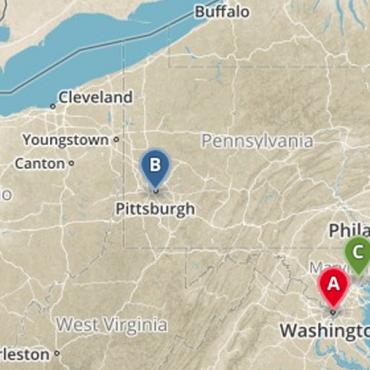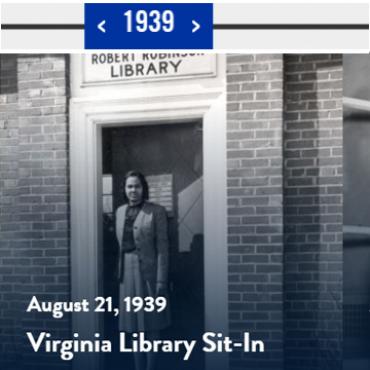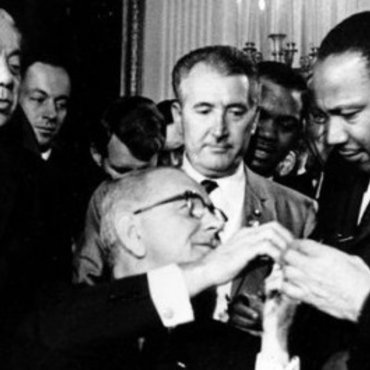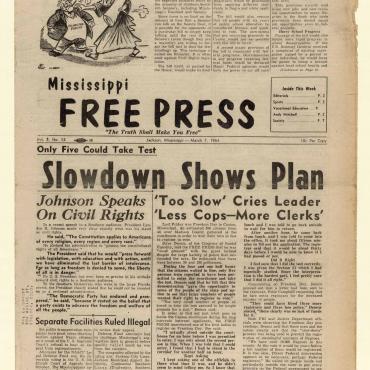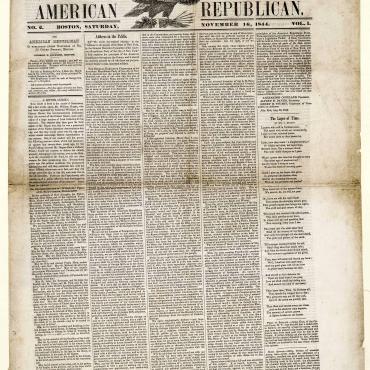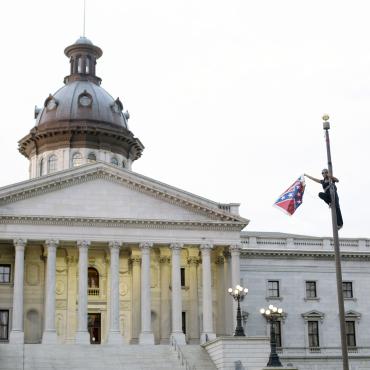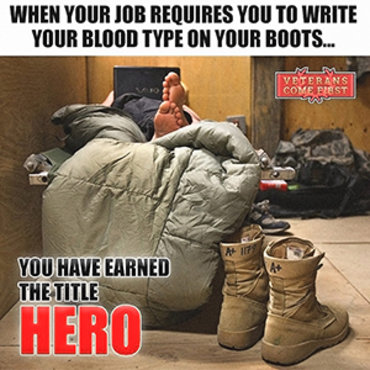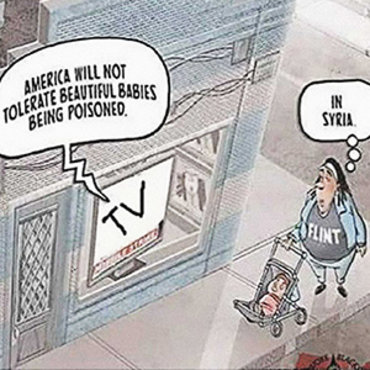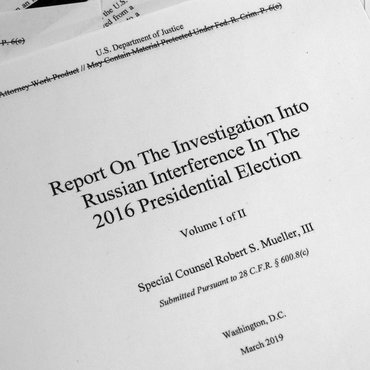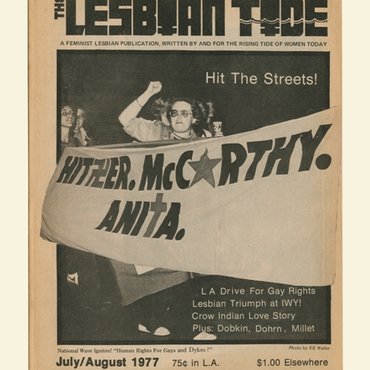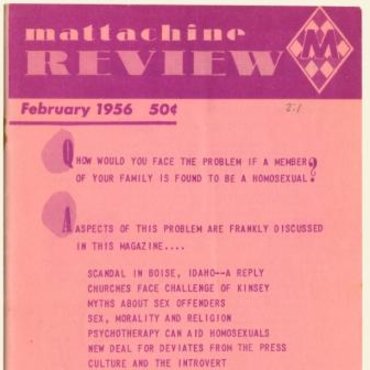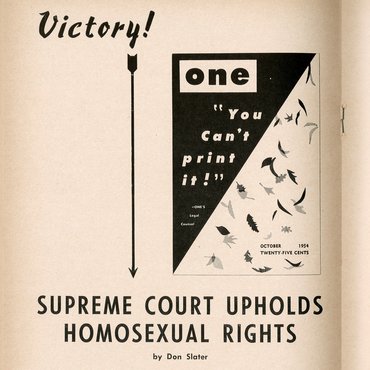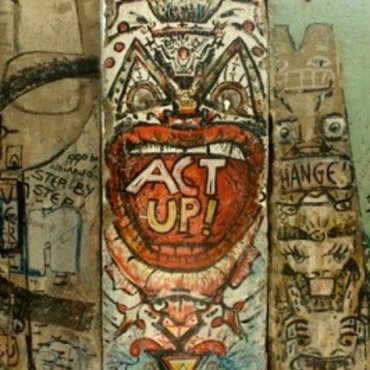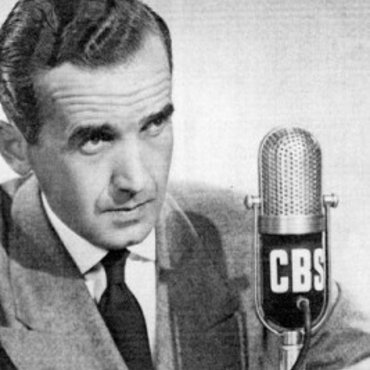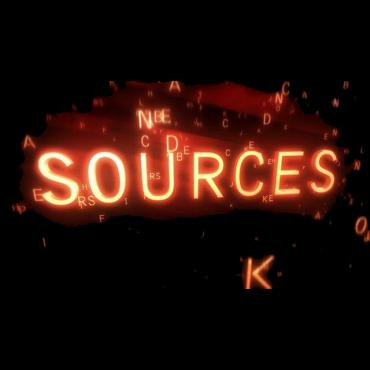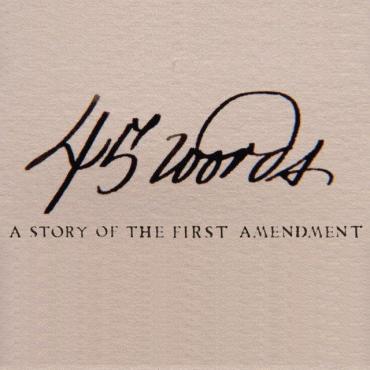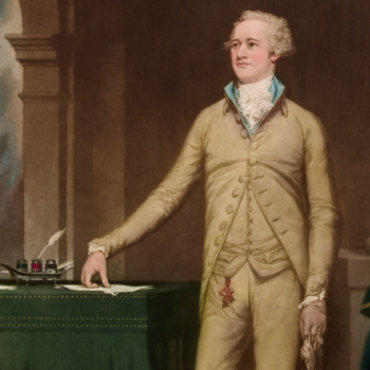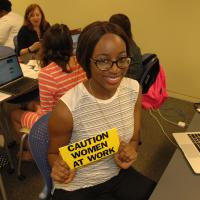
Civil Rights: Identifying Community Issues
Students investigate a contemporary civil rights issue to understand the legacy of the civil rights movement and issues the movement did not address.
Get even more great free content!
This content contains copyrighted material that requires a free NewseumED account.
Registration is fast, easy, and comes with 100% free access to our vast collection of videos, artifacts, interactive content, and more.
NewseumED is provided as a free educational resource and contains copyrighted material. Registration is required for full access. Signing up is simple and free.
With a free NewseumED account, you can:
- Watch timely and informative videos
- Access expertly crafted lesson plans
- Download an array of classroom resources
- and much more!
- Civil Rights
- Current Events
- Journalism
- Politics
- 6-12
(Note: For more support, see expanded procedure in downloadable lesson plan.)
- In advance, use the Civil Rights Resources list at the end of the Lesson Plan to find articles about current civil rights issues and links to additional support for implementing a service-learning project. Also, review the sample Identifying Community Issues worksheet at the end of this packet. You may wish to distribute it to students new to the research process.
- As a class, define “community” and “civil rights.” Then, further define three types of civil rights: social, economic and legal/political.
- Brainstorm a list of current civil rights issues that affect your community.
- In pairs or individually, have your students pick one issue each to research further.
- After completing their research, have students write a short essay or create a physical or digital poster to showcase their findings.
- As a class, choose one issue that you find compelling and that you think you could work to change through a class project. This issue will form the foundation for lessons 2 and 3 of this unit.
- Identifying Community Issues worksheet (download), one per student
- Research Guide worksheet (download, optional), one per student
- Internet access
- Student example Community Issue poster (download, optional)
Have students present their projects to their classmates and discuss their findings. Prompts include:
- Which of these issues has the widest impact on our community?
- Which of these issues is new? Which have been around for a long time?
- Which of these issues seems most difficult/easiest to address and why?
- Who has attempted to solve these issues in the past? How have they succeeded? How have they failed?
- Which of these issues did the civil rights movement, which peaked in the 1950s and 1960s, address or attempt to address?
- How could you apply lessons learned about the civil rights movement to addressing these issues today?
Real World Connection: Meet with a representative from a local nonprofit that addresses a community issue or issues (such as the local United Way, a food bank or a religious charitable organization) to find out more about how these groups identify community problems and work to implement solutions. Have your students prepare questions in advance of the meeting. They may want to the view the “Interviewing Essentials” video lesson to prepare for this opportunity. Afterwards, have students write an article about the organization and its methods.
-
Common Core State Standards: CCSS.ELA-LITERACY.CCRA.R.7
Integrate and evaluate content presented in diverse media and formats, including visually and quantitatively, as well as in words. -
Common Core State Standards: CCSS.ELA-LITERACY.CCRA.W.9
Draw evidence from literary or informational texts to support analysis, reflection, and research.
-
NCSS C3 Framework: D2.Civ.14.6-8 and D2.Civ.14.9-12
6 - 8: Compare historical and contemporary means of changing societies, and promoting the common good. 9 - 12: Analyze historical, contemporary, and emerging means of changing societies, promoting the common good, and protecting rights. -
NCSS C3 Framework: D2.Civ.8.6-8 and D2.Civ.8.9-12
6 - 8: Analyze ideas and principles contained in the founding documents of the United States, and explain how they influence the social and political system. 9 - 12: Evaluate social and political systems in different contexts, times, and places, that promote civic virtues and enact democratic principles. -
NCSS C3 Framework: D3.1.6-8 and D3.1.9-12
6 - 8: Gather relevant information from multiple sources while using the origin, authority, structure, context, and corroborative value of the sources to guide the selection. 9 - 12: Gather relevant information from multiple sources representing a wide range of views while using the origin, authority, structure, context, and corroborative value of the sources to guide the selection
-
ISTE: 3a. Knowledge Constructor
Students plan and employ effective research strategies to locate information and other resources. -
ISTE: 3d. Knowledge Constructor
Students build knowledge by actively exploring real-world issues and problems.
-
National Center for History in the Schools: NCHS.US History.Era 10
Standard 1: Recent developments in foreign policy and domestic politics Standard 2: Economic, social, and cultural developments in contemporary United States
-
National Council of Teachers of English: NCTE.7
Students conduct research on issues and interests by generating ideas and questions, and by posing problems. They gather, evaluate, and synthesize data from a variety of sources (e.g., print and non-print texts, artifacts, people) to communicate their discoveries in ways that suit their purpose and audience.
-
Center for Civic Education: CCE.V
A. What is citizenship? B. What are the rights of citizens? C. What are the responsibilities of citizens? D. What civic dispositions or traits of private and public character are important to the preservation and improvement of American constitutional democracy? E. How can citizens take part in civic life?
-
NCSS Curriculum Standards: NCSS 1
Learners will understand how human beings create, learn, share and adapt to culture. -
NCSS Curriculum Standards: NCSS 5
Students know how institutions are formed, maintained and changed, and understand how they influence individuals, groups and other institutions. -
NCSS Curriculum Standards: NCSS 6
Learners will develop an understanding of the principles, processes, structures and institutions of government, and examine how power and authority are or have been obtained in various systems of government. -
NCSS Curriculum Standards: NCSS 10
Learning how to apply civic ideals to inform civic action is essential to participation in a democracy and support for the common good.
